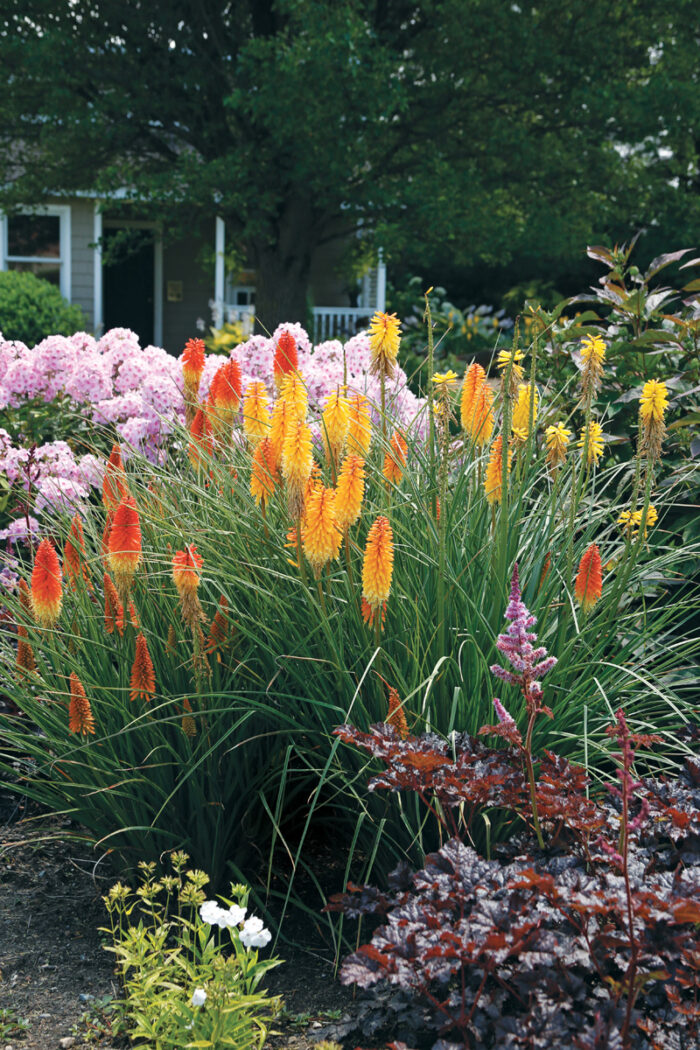
Like many northern gardeners, I had red-hot poker envy for many years but ruled out growing them because of their iffy chances of surviving winter in my region. However, I am very excited about some of the newer Kniphofia introductions we are growing at the Chicago Botanic Garden. Being able to overwinter a South African plant in the Midwest is pretty cool, right?
This isn’t our first time experiencing the thrill and agony of cultivating Kniphofia. Thirty years ago we installed a trial of 20 red-hot pokers on a slope with full sun, well-drained soil, and a wooden fence to block the prevailing winds. Every plant survived the winter, grew vigorously, and simply glowed that second summer. I crowed about our success, perhaps a bit too smugly and certainly too soon, because all of the plants died the following winter.
Complete failure is soul sucking, so I picked at the edges for years before it felt like the breeding was promising enough to warrant another large trial. Some success a few years ago with Terra Nova’s Popsicle™ series as well as new breeding from just across Lake Michigan at Walters Gardens emboldened me to try again.
Growing these plants successfully in northern gardens is not just about their ability to survive cold temperatures. Soil moisture is the great equalizer in any climate; survival and overall longevity are both greatly reduced in wet soil. In 2023 we duplicated the current trial in a new evaluation garden with free-draining, sandy loam that we hope will be just right for making red-hot poker magic.
▾ Kniphofia spp. and cvs.
Zones: 5b–9
Conditions: Full sun; moist, well-drained soil. Wet soil may be tolerated during the growing season, but poor drainage is detrimental in winter.
Native range: South Africa
Care and propagation: With good soil drainage, red-hot pokers are usually trouble free. Plants do not typically need division, but they may be divided in spring if desired.
Pests and diseases: Alternaria leaf spot (aka black ink-spot disease) was a recurring problem on plants in our trial.
Culture tips: Tying the leaves together in winter helps direct water away from the plant’s crown and may improve the odds of survival. Mulch around the plants—not over them—for added winter protection in Zones 5–6. Removing spent flower stems gives plants a cleaner look and reduces the chances of reseeding.
Robust habits and refined blooms are a great fit for almost any garden scheme
Exotic common names like red-hot poker and torch lily befit these natives of the southern hemisphere whose flowers are often in scorching tones of red, orange, and yellow. The pendant flowers are densely clustered in terminal spikes. Occasionally, secondary spikes arise from the main stems, as on ‘Hot and Cold’ and ‘Poker Face’. Flowers open from the bottom upward, and blooms that have opened are often of a lighter hue or a different color than the buds above them. Cultivars such as ‘Glowstick’ and ‘Redhot Popsicle’ have sublimely monochromatic flowers and buds.
Flowering usually starts near the summer solstice, with a remontant bloom later in the summer or early autumn. The trumpetlike flowers are typically an inch long, give or take a smidge, and about a quarter inch wide, while the conelike flower heads range from 4 to 7 inches tall. Inflorescences were measured early in the plant’s bloom time, when there were a mix of open flowers—maybe a few spent ones too—and buds. Small flower clusters at the tips of stretched stems later in the season are still satisfying, although I’m not keen on any shaggy dead flowers hanging on below.
Red-hot pokers have clump-forming habits and stout floral stems; I have not yet witnessed a floppy stalk. The spiky, linear leaves are vertical or arched, but sometimes bent and untidy. Growth is typically vigorous, and new plants come on strong the first year in the garden. Plants can quickly gain significant girth; the most robust mounds in the trial have reached 4 feet wide. By the third summer seedlings were popping up, and when they bloomed we discovered that some seedlings had replaced original plants that had died out. Longevity in our garden is still an unknown, but seeing how well this group has done thus far makes me hopeful.
Trial Parameters
The Chicago Botanic Garden has been evaluating 28 red-hot pokers since 2020.
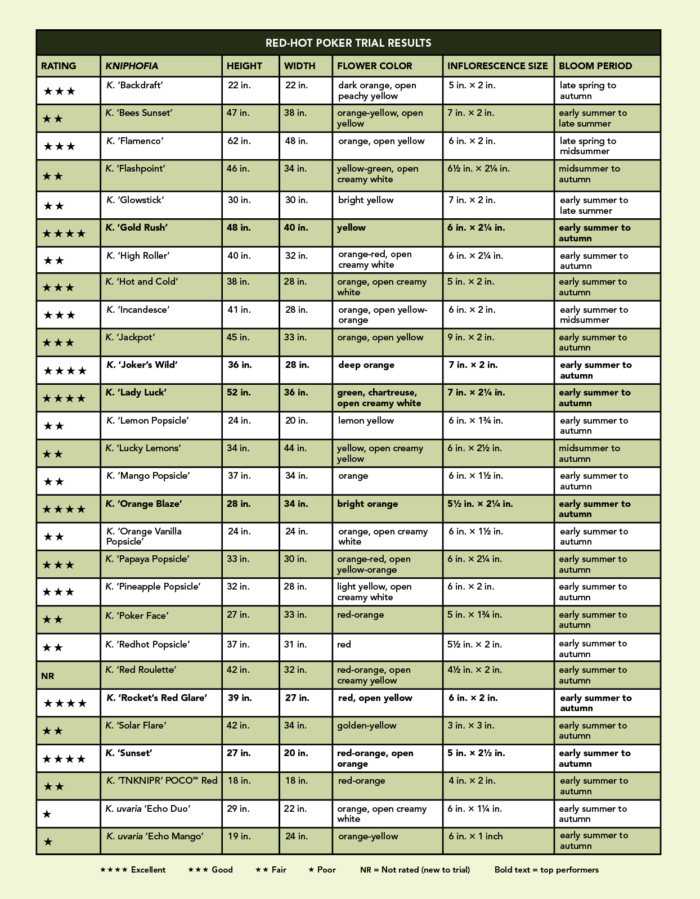
How long: Minimum four years
Zone: 6
Conditions: Full sun; well-drained, alkaline, clay-loam soil
Care: We provided minimal care, allowing the plants to thrive or fail under natural conditions. In addition to observing their ornamental traits, we monitored the plants to see how well they grew and adapted to environmental and soil conditions. We also kept a close eye on any disease or pest problems and assessed plant injuries or losses over winter.
Top performers boast a range of beguiling blossom colors
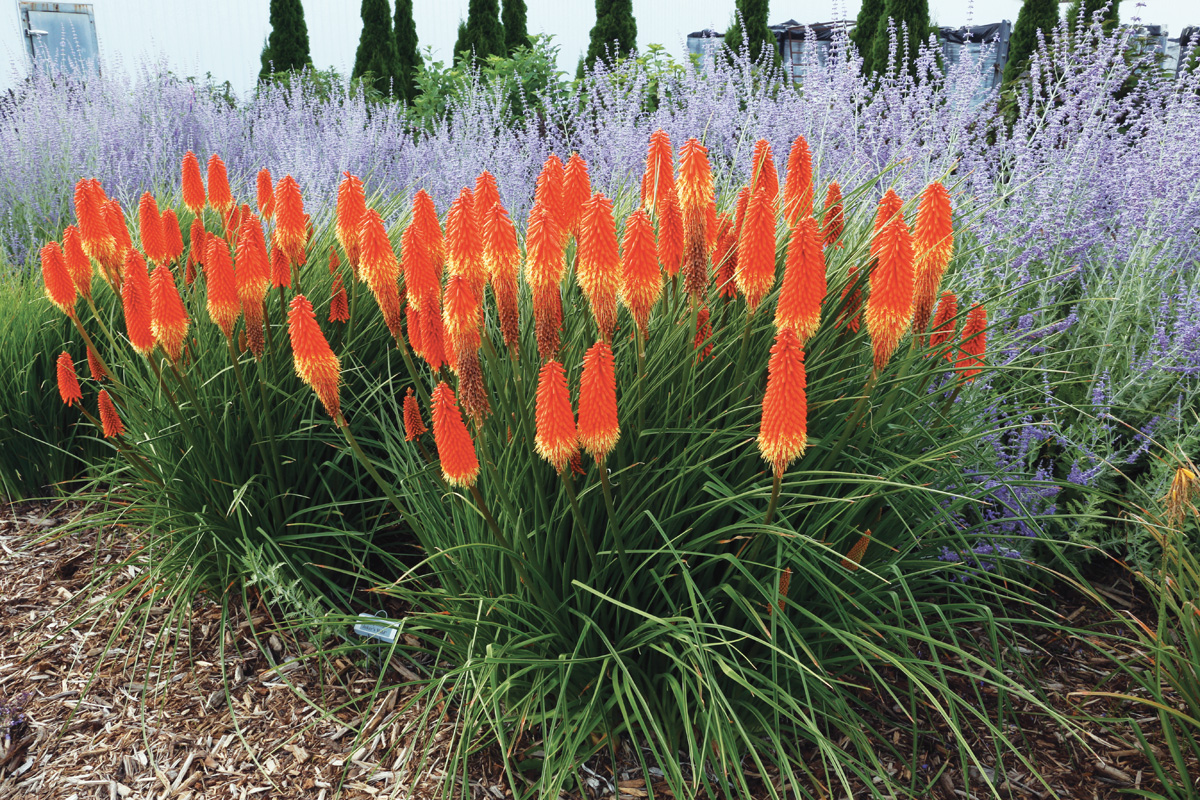
Deep orange ‘Joker’s Wild’ is a one-color beauty that is a bit of a tease. At first glance, the open flowers look light yellow below the ballooning buds, but the soft buttery halo comes instead from protruding stamens. The deep orange color stays vibrant throughout as flowers open and fade. Bold, cone-shaped flower heads top 36-inch stems and are set amid leaves that are -mainly upright and slightly arching at the tips. The trial specimens had uniformly bushy habits for the first three years, but plant size and vigor were inconsistent the fourth summer.
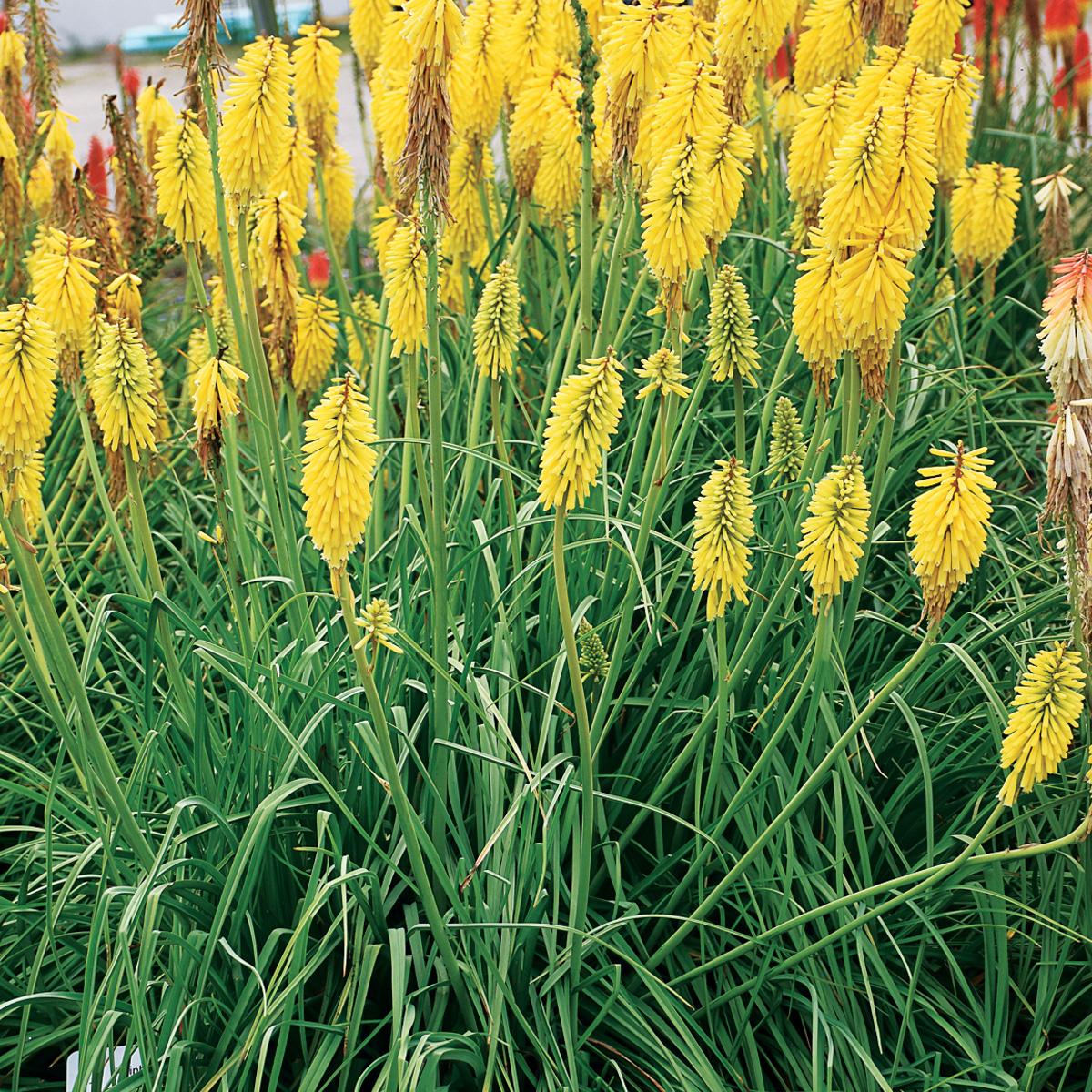
The pure yellow brightness of ‘Gold Rush’ blazes in the summer garden. The monochromatic simplicity of the flowers is deceiving; a close-up view is needed to see if its buds have opened. The plump inflorescences, measuring about 6 inches long and 2 inches wide, are freely produced on sturdy stems up to 48 inches tall starting in early summer. Distinctly arching leaves give it a broad, fountain-like habit. ‘Gold Rush’, like the other top performers, has survived three winters already.
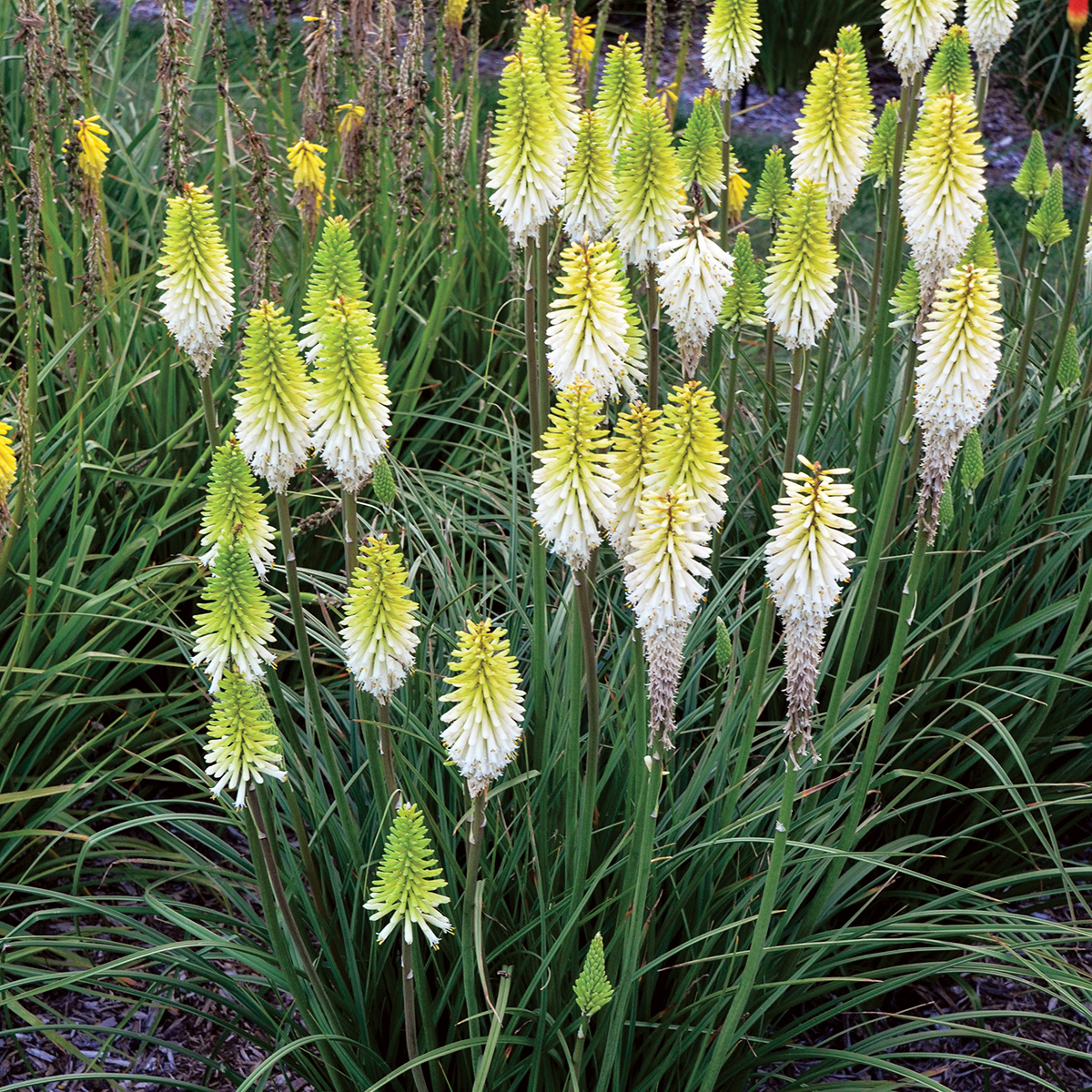
A perk of planting a new trial is snatching some leftovers for my own garden. I had just enough sun for one plant, and after a contentious internal debate I chose ‘Lady Luck’. The bloom color is a fresh and sophisticated composite of green, chartreuse, and creamy white that completely captivated me. Add in a fruitful bounty of 7-inch flower heads on 52-inch-tall stalks and gracefully arching leaves, and ‘Lady Luck’ ticked all the boxes. Back home, I planted it next to pure white ‘Casa Blanca’ lilies (Lilium ‘Casa Blanca’, Zones 4–9) before either plant was in bloom. After some initial uncertainty about the combo, I decided that the shapes, color echo, and chartreuse vibes of both flowers looked quite good together.
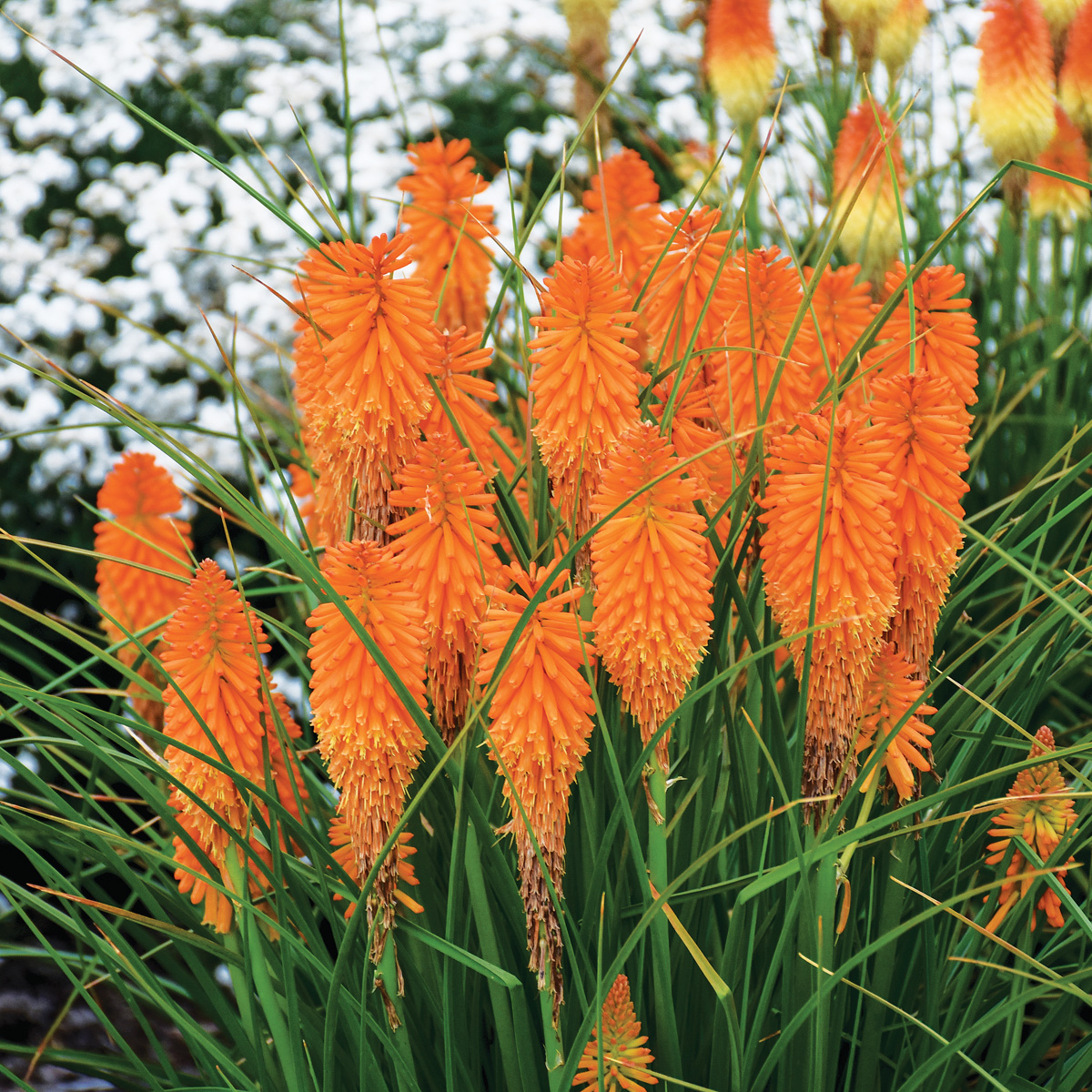
At the start, I wondered whether I would be biased against short cultivars because the soaring rocket-like flowers on tall cultivars are so emblematic. ‘Orange Blaze’ quashed that notion. At just over 2 feet tall, ‘Orange Blaze’ has more in common with the compact Poco™ or Popsicle™ series than with its taller cohorts in the Pyromania® collection. Vivid orange flowers in dense spikes are produced freely above tidy clumps of upright leaves. Flowers pop in early July here, with rebloom continuing into autumn. Bees were gregarious companions, while hummingbirds were more reclusive visitors. Minor leaf spotting in 2021 and 2022 was noticeable but easy to overlook because of the excellent quality of the flowers.

The red-orange buds of ‘Sunset’ open a lighter shade of orange, creating a pretty bicolored effect. Chubby inflorescences top stout stalks, which are common in the Poco™ series. The early summer profusion of flowers gives the impression of a bigger plant, even though it is quite compact. Most red-hot pokers were stunning in their first year because they bloomed right up to hard frost in mid-November. That first winter I had flashbacks of our disastrous trial and braced myself for a raft of losses in spring. Happily, ‘Sunset’ came through its first winter unscathed, as did most of the other cultivars.

The vivid two-toned flowers of ‘Rocket’s Red Glare’ are attention-grabbing favorites of our visitors and staff. I usually prefer subtler, ombré-like color blends, but its sharp contrast between flamboyant red buds and peachy yellow flowers feels particularly tropical and evocative. The flowers are generously produced, rising rigidly above prominently upright leaves. The narrow verticality of ‘Rocket’s Red Glare’ is more refined than the bushier habits or strongly arching foliage of other cultivars.
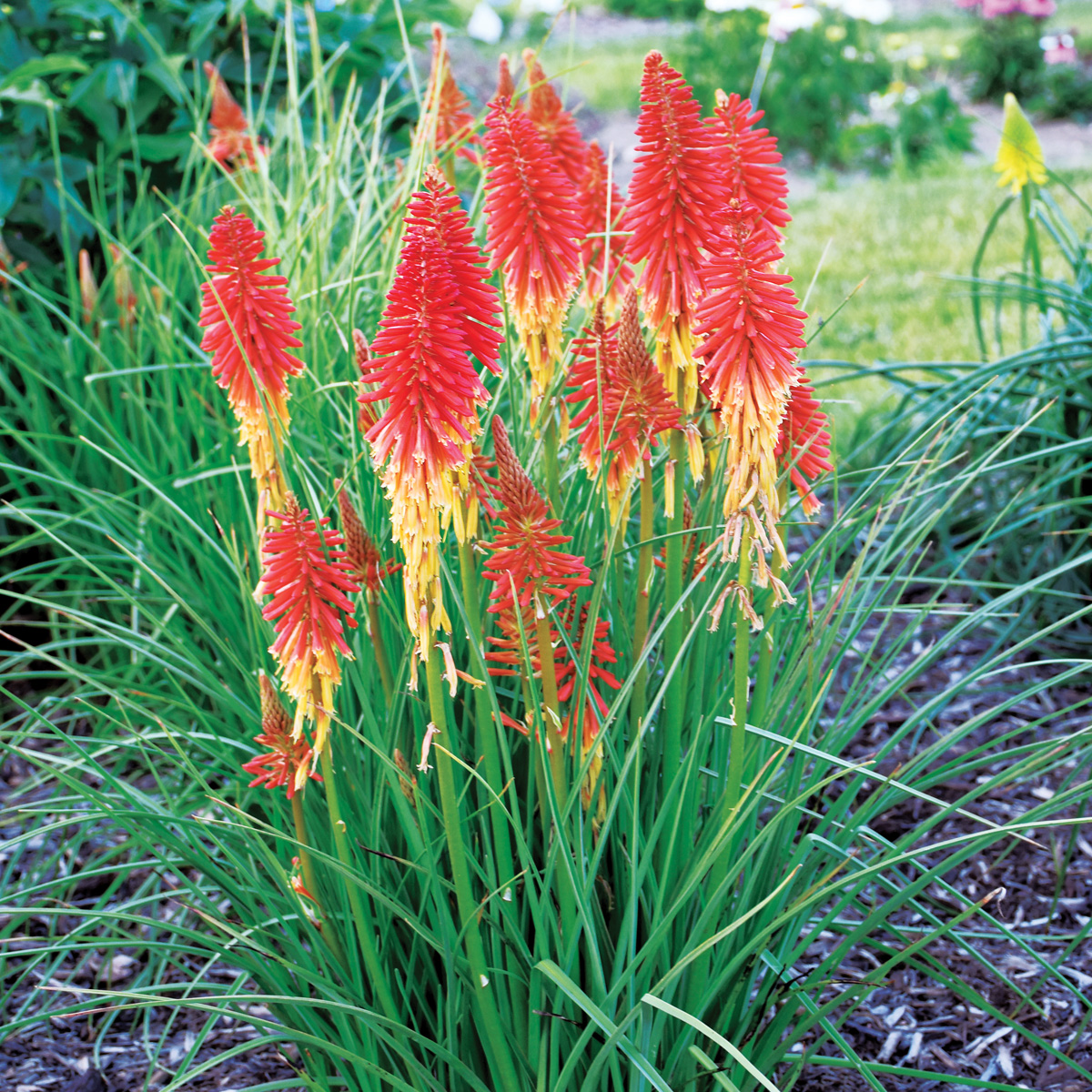
‘Red Roulette’ was new to the trial in 2023, and it excelled the first summer. This is an up-and-comer that may be worth a gamble. Deep red-orange buds open to creamy yellow flowers; it bloomed in late July last year. The color combination is more understated than that of ‘Rocket’s Red Glare’. Its inflorescences were on the small side but, like the plants themselves, will likely be larger in coming years. The narrow leaves are mainly vertical, keeping a neat appearance all season. Plants grew just over 2 feet tall and wide but are expected to reach 42 inches tall and 32 inches wide. ‘Red Roulette’ is planted in our new trial garden, where it gets a bit of shade at midday. That might be why its flower production was not as strong as that of cultivars growing in full sun.
| DESIGN IDEAS |
Embrace eye-catching hues and standout forms
Perhaps you’ve shied away from planting red-hot pokers because they are so bold, but in the right setting their distinctive architecture and vibrant colors are valuable assets. As long as you have enough sun and enough space, you can create a stunning seasonal focal point that will be the envy of the neighborhood. Ready to add some red-hot style to your garden? Here are a few fun ideas from the display beds at Walters Gardens.
Pair with a complementary hue
The lemon-yellow buds of ‘Flash Point’ contrast strikingly with the violet-blue spikes of nearby ‘Denim ’n Lace’ Russian sage (Salvia yangii ‘Denim ’n Lace’, Zones 4–9).
Mix and match
The two-tone blooms of ‘Backdraft’ pick up the warm, citrusy glow of ‘Orange Blaze’, creating a casual, playful effect.
Create a fiery foil
‘Joker’s Wild’ provides a bold counterpoint to moody ‘Mission to Mars’ mangave (Mangave ‘Mission to Mars’, Zones 8–11) set high upon a pedestal.
Go for a monochromatic palette
‘Solar Flare’ and ‘Firefly Sunshine’ yarrow (Achillea ‘Firefly Sunshine’, Zones 3–8) share a soothing, sunny yellow hue.
More plant trials:
The Best of the Best Plants for Every Garden
Listen to Richard Hawke discuss the CBG plant trials on our podcast
| Sources |
• Sooner Plant Farm, Park Hill, OK; 918-453-0771; soonerplantfarm.com
• Bluestone Perennials, Madison, Ohio; 800-852-5243; bluestoneperennials.com
• Wilson Bros Gardens, McDonough, GA; 770-573-1778; wilsonbrosgardens.com
Contributing editor Richard Hawke is the director of ornamental plant research at the Chicago Botanic Garden in Glencoe, Illinois.

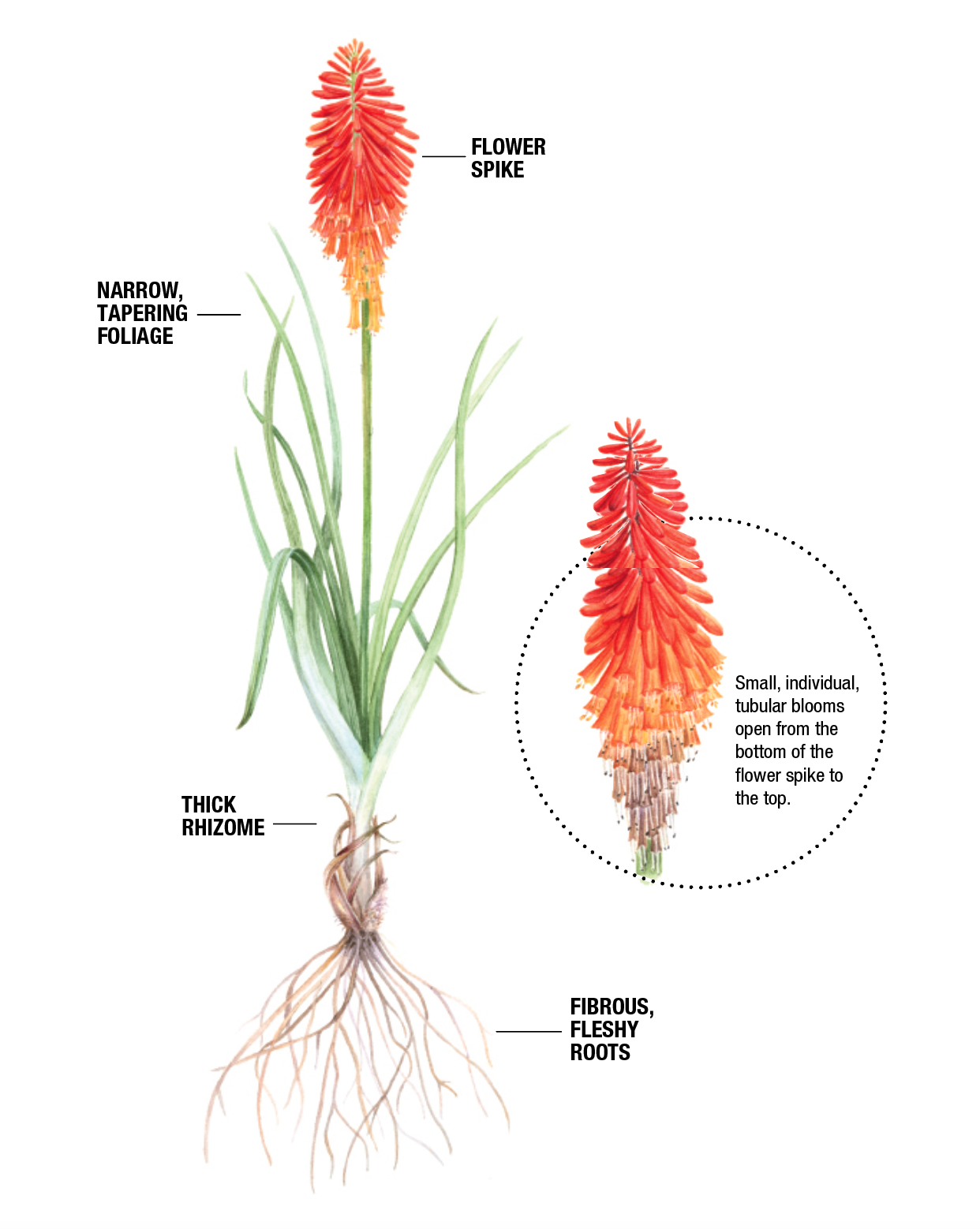
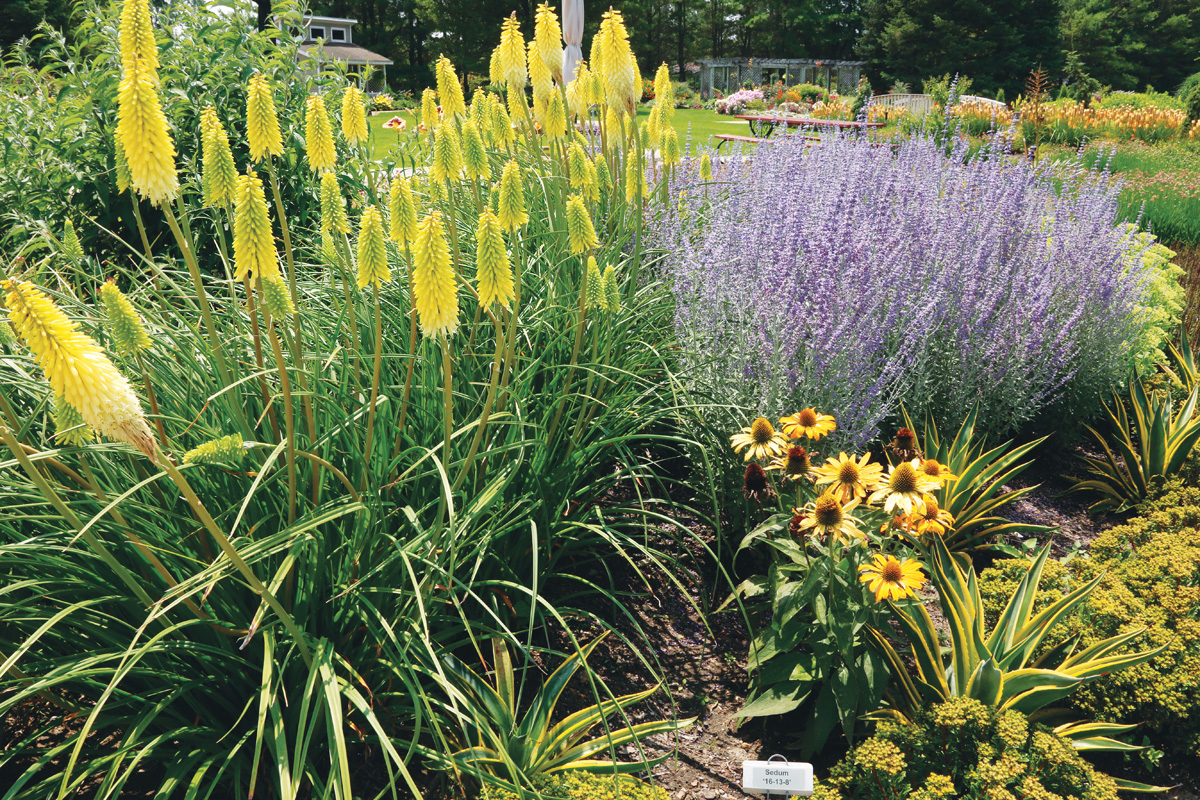
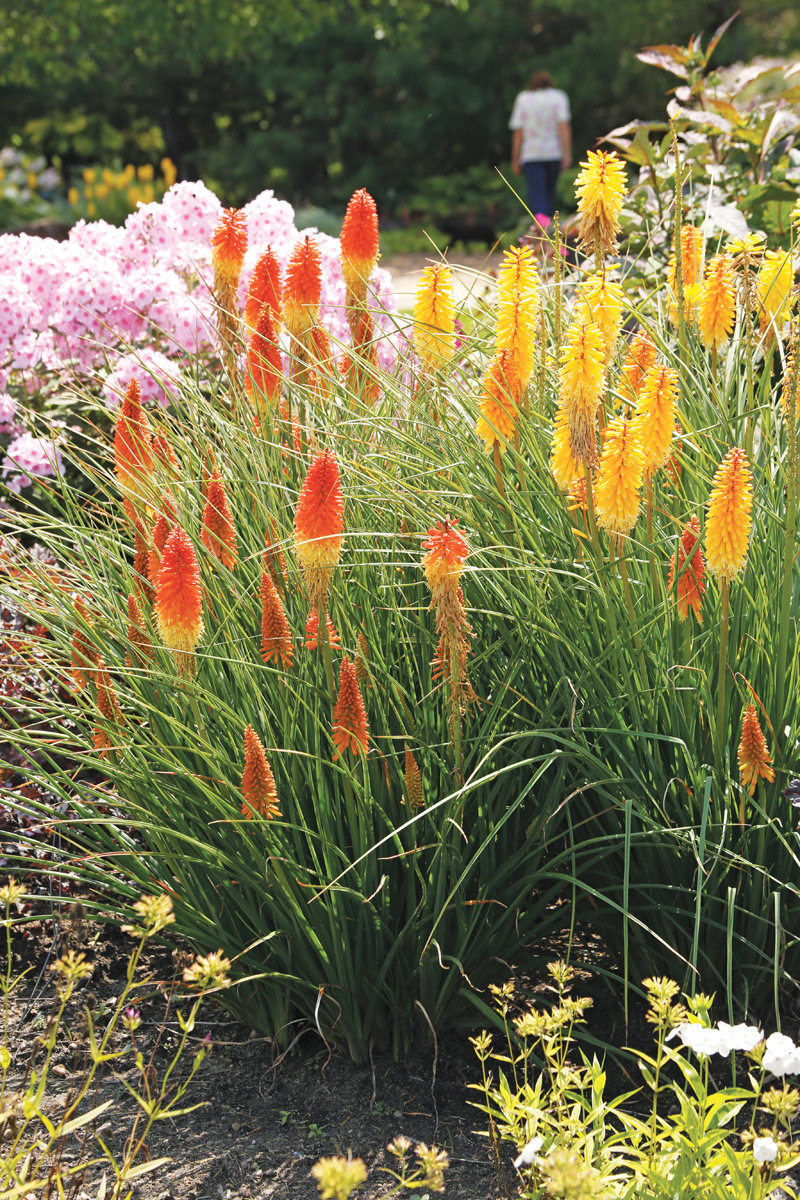
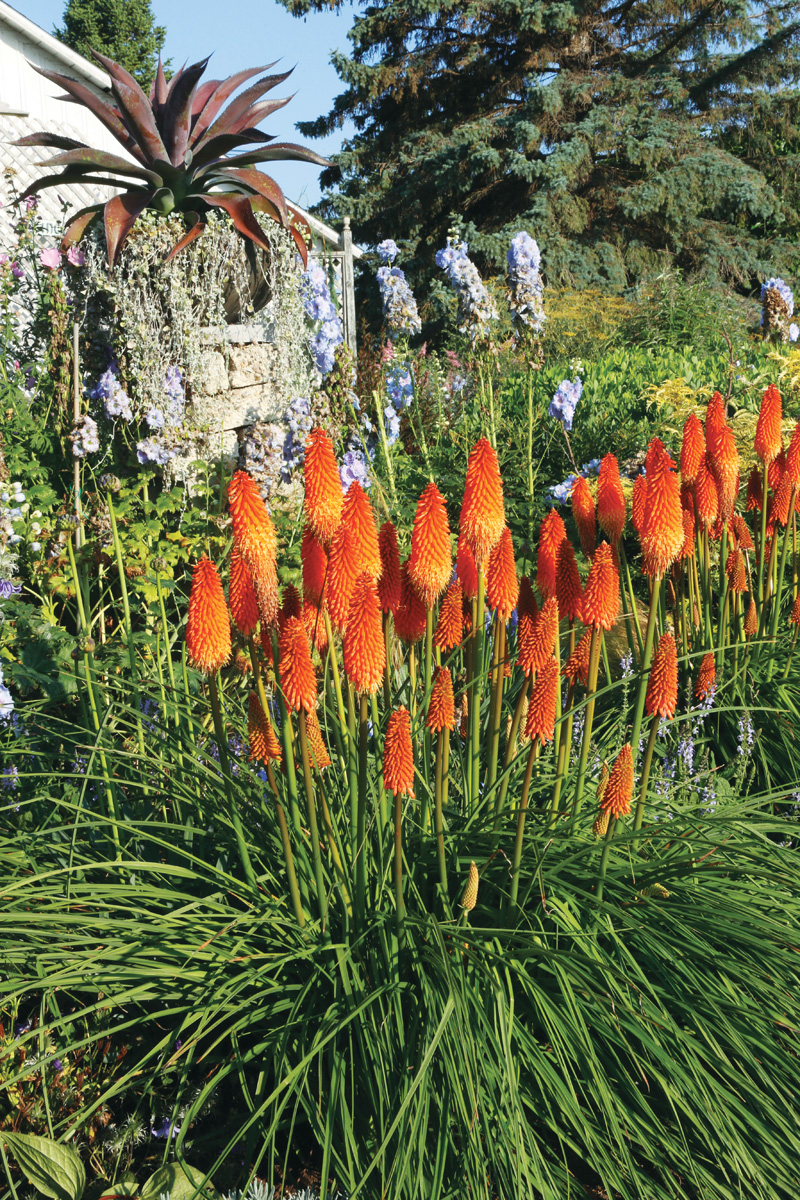
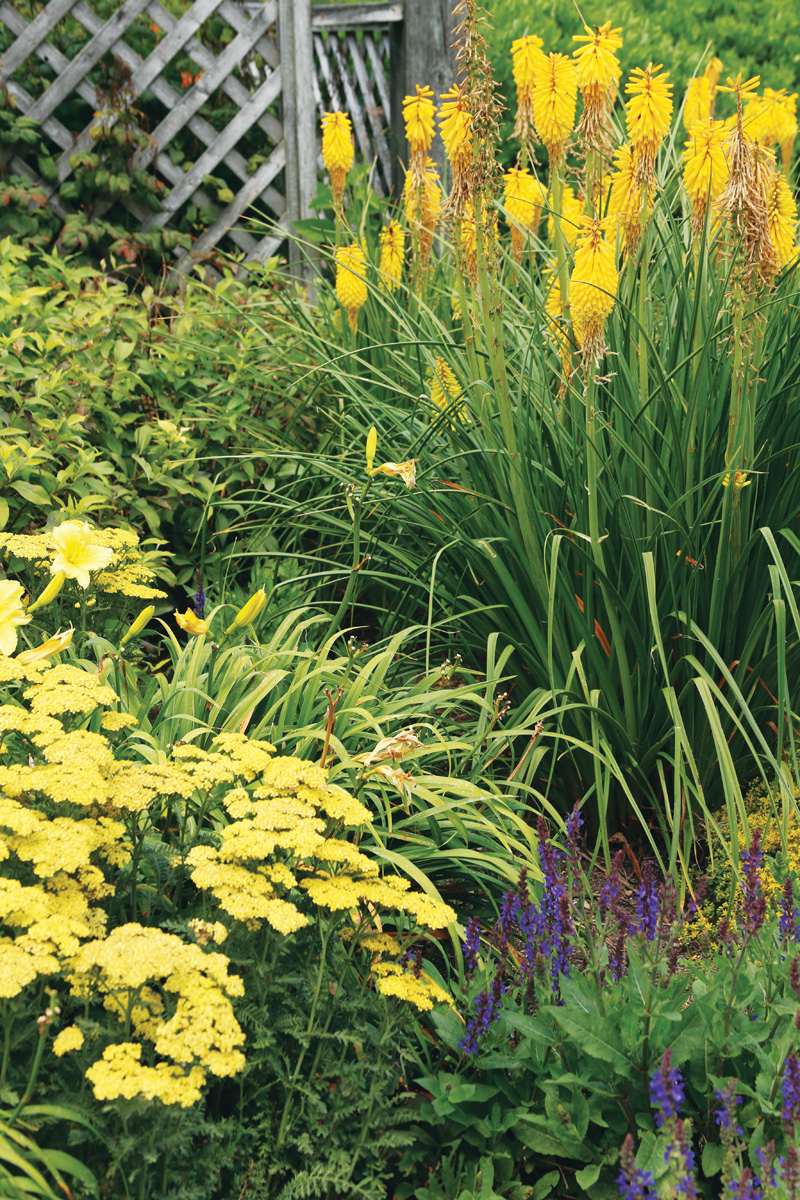
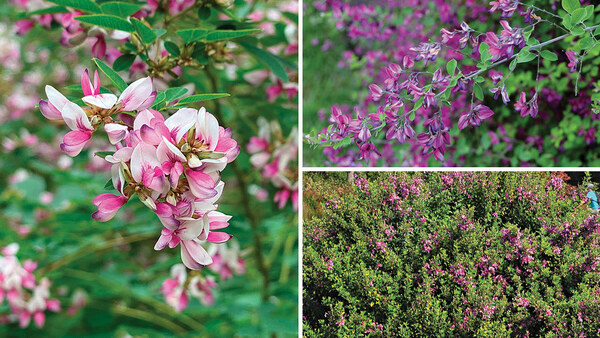


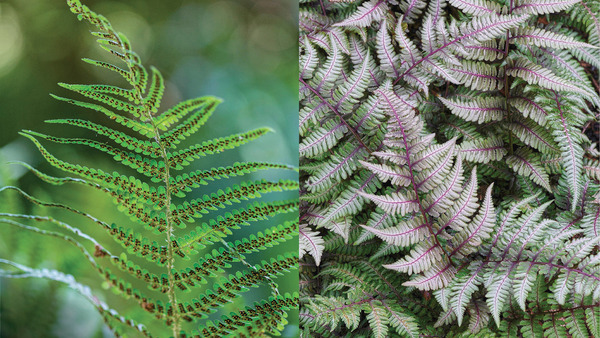












Comments
Log in or create an account to post a comment.
Sign up Log in